TOP 20 most interesting places in the Austrian capital
Vienna is the capital of one of the European states, founded during the Antiquity period. Throughout its centuries-old history, the city experienced several times periods of ups and downs. The names of such prominent composers as Haydn, Mozart and Schubert are associated with Vienna. The city has a huge number of historical, cultural and architectural attractions that attract the attention of tourists. We offer you to get acquainted with the most interesting places of the city.
Hofburg Palace
Initially, the palace was built as a summer residence for the emperor's family. This building has incorporated the spirit and grandeur of the entire Austro-Hungarian Empire. The palace complex occupies an entire quarter and consists of many buildings, courtyards, internal squares and parks. The view in which we can see the palace today, it acquired after restoration in 1913. Today, the National Library, various museums, galleries and concert halls are located within its walls.
Gazebo
The palace is a real masterpiece, built in the XVIII century in the Baroque style. For its beauty and grandeur, the Belvedere is often compared to Versailles. This building was built for Prince Eugene of Savoy, who was a magnificent commander. Today, a museum complex has been opened in the palace building, whose expositions are devoted to the art of the Middle Ages and the Baroque period.
Schönbrunn
The palace was built as a summer residence of the Habsburg dynasty in the spirit of Austrian Baroque. Around the majestic building is a landscape park, in which hundreds of varieties of trees, flowering shrubs, flowers and exotic plants are planted. For tourists to visit, in the palace are open 40 halls and rooms in which there were imperial bedchairs, chambers and halls in which balls were held.
Vienna Opera
This is one of the most beautiful and magnificent opera houses in the world. At different times, Luciano Pavarotti, Placido Domingo, Maria Callass and other equally famous opera singers sang on his stage. The Vienna Opera regularly hosts performances by Ravel, Mozart, and Strauss. The theater building was built in the 19th century.
Vienna Philharmonic
The Philharmonic is one of the centers of cultural life in Vienna. Well-known music groups from all over the world regularly come here. Sometimes musicians dressed in costumes of the Mozart era perform on its stage, which allows you to create a special setting and transfer the guests of the Philharmonic to the atmosphere of the 18th century.
Vienna City Hall
Today, the old town hall building is used for administrative purposes. Within its walls, meetings of the Austrian parliament are held. In addition, there are the mayor's residence, the municipal assembly and the Landtag. The building was built in neo-Gothic style. Particularly striking is the interior decoration of the building, its large halls and crystal chandeliers.
Burgtheater
The Royal Drama Theater was built during the reign of Maria Theresa at the beginning of the XVIII century, next to the town hall and Hofburg Castle. During the Second World War, the building of the Burgtheater was almost completely destroyed by the Nazis. Today it is a world-famous venue where concerts of world-famous theater groups take place.
Austrian Parliament Building
This is an entire architectural complex that combines elements of the ancient, Byzantine and neoclassical styles. The building was built in the 19th century by Baron Hansen in order to remind future generations that Greece was the birthplace of democracy. After the fall of Austria-Hungary, the federal and national council began to hold meetings in the parliament building.
Liechtenstein Palace
Initially, the building belonged to the princes of Liechtenstein. Today it is a museum that has a large collection of art objects. Liechtenstein began to collect it in the 16th century. The collection consists of works of Flemish artists, painters of the Romantic and Renaissance periods, antique furniture, jewelry, weapons and household items that reflect different eras.
Liechtenstein Castle
The building was built as a family castle of the Liechtenstein family in the Vienna Forest back in the 12th century. Over the course of its long history, the castle was destroyed several times due to hostilities. And during the Second World War, the Nazis bombed him. To restore the attraction, the residents of Vienna themselves collected money, after which it was transferred to the city municipality.
Kreuzenstein Castle
This is one of the most popular Viennese castles, located a few kilometers from the city. It was built on the site of an ancient Roman building, and in the 13th century passed into the possession of the Habsburg dynasty. During the Swedish war, the castle was destroyed and for almost 200 years was a ruin. Only the Wilceks in the 19th century, who bought these lands, began to restore it, giving it its original appearance.
St. Stephen's Cathedral
The cathedral, built in the XIV century in the Gothic style, amazes with its rich interior decoration. Today it is one of Vienna's calling cards. Over the course of its history, it was reconstructed many times, and in 1523 it got the view in which we can see it now. On one of the towers of the cathedral is an observation deck, which offers amazing views of the city. In the underground catacombs are the tombs of many royal dynasties.
Votive Church
The church was built in the 19th century in a neo-Gothic style. The building is decorated with arches and spiers, openwork elements that create the feeling of flying. For the construction of the temple used white sandstone, therefore, now requires frequent reconstruction.
Mozart House Museum
From 1784 to 1787, the family of the great composer lived in this apartment. It was in these walls that Mozart wrote his “The Marriage of Figaro”. 150 years after the death of the great composer, his museum was opened here. Today, it stores objects that were the property of the Mozart family.
Albertina Gallery
The Duke Albert began to collect a collection of paintings stored in the gallery. Today, here you can see the genuine works of Rubens, Rembrandt, Renoir, Michelangelo, Picasso, Monet and other equally famous artists.
Freud Museum
In this building lived the founder of the theory of psychoanalysis, Sigmund Freud. Museum exhibitions tell visitors about the life and work of the great scientist. Here you can see what the reception room and the study of a psychoanalyst looked like. In addition, among the exhibits of the museum there is a huge library consisting of books on psychoanalysis.
Danube tower
From the observation deck of the 252-meter tower, located in the Danube Park and which is the highest point in the city, an amazing view of Vienna opens. On a clear day, visibility from the top of the tower reaches 80 km. A restaurant is open here, located on a platform rotating around its axis.
Tower of madmen
The building was built in the XVIII century to contain people with mental disabilities. In 1786, it was transferred to the Museum of Pathology. Among its exhibits were parts of the human body and organs that were mutated as a result of gene pathologies or various diseases.
Vienna Forest
A natural attraction of the capital, a UNESCO World Heritage Site. Due to its unique ecosystem, the forest is recognized as a biosphere reserve where valuable tree species can be seen. There are many legends associated with this place. All of them are collected in the "Tales of the Vienna Woods".
Ringstrasse street
The central street of the capital, which is located on the spot where the walls of the old city were. Walking along the street you can see such Vienna sights as the Vienna Opera, Hofburg, the Parliament building, numerous museums, monuments and parks.
The history of Vienna dates back many centuries, during which many buildings and structures appeared in the city, which later became interesting sights that we can see today, having arrived in the capital of Austria.





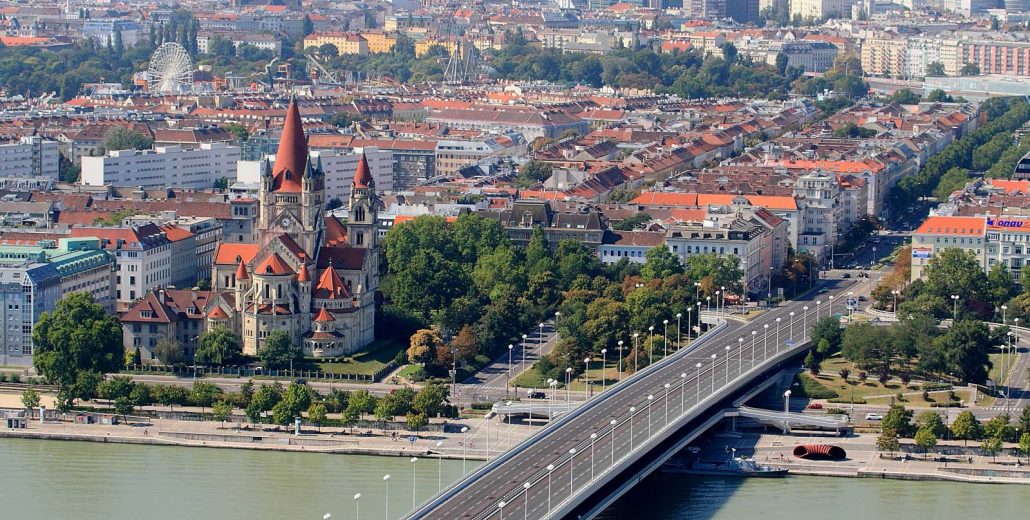

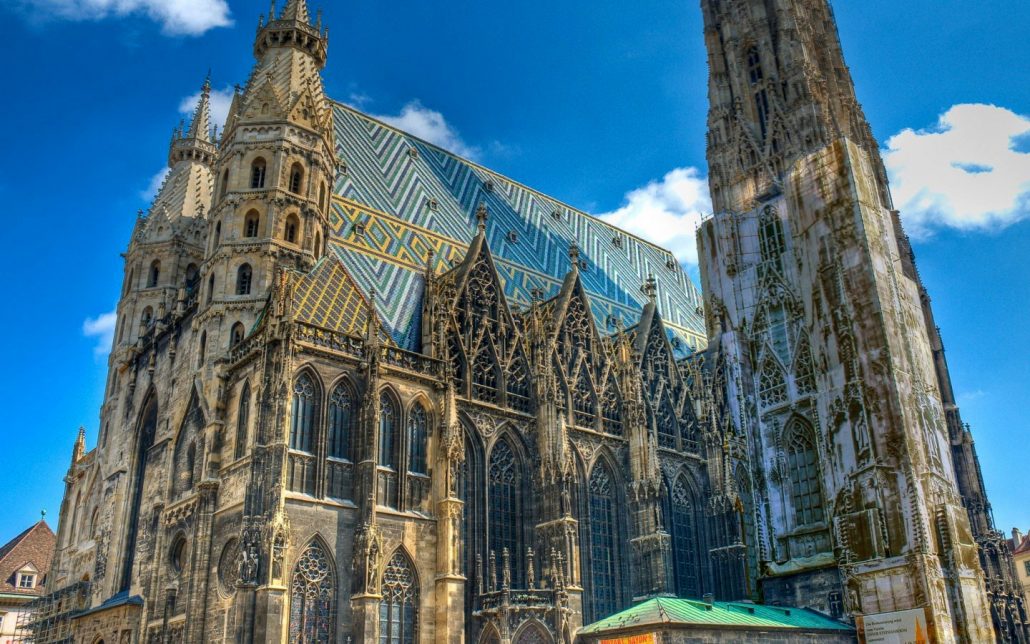







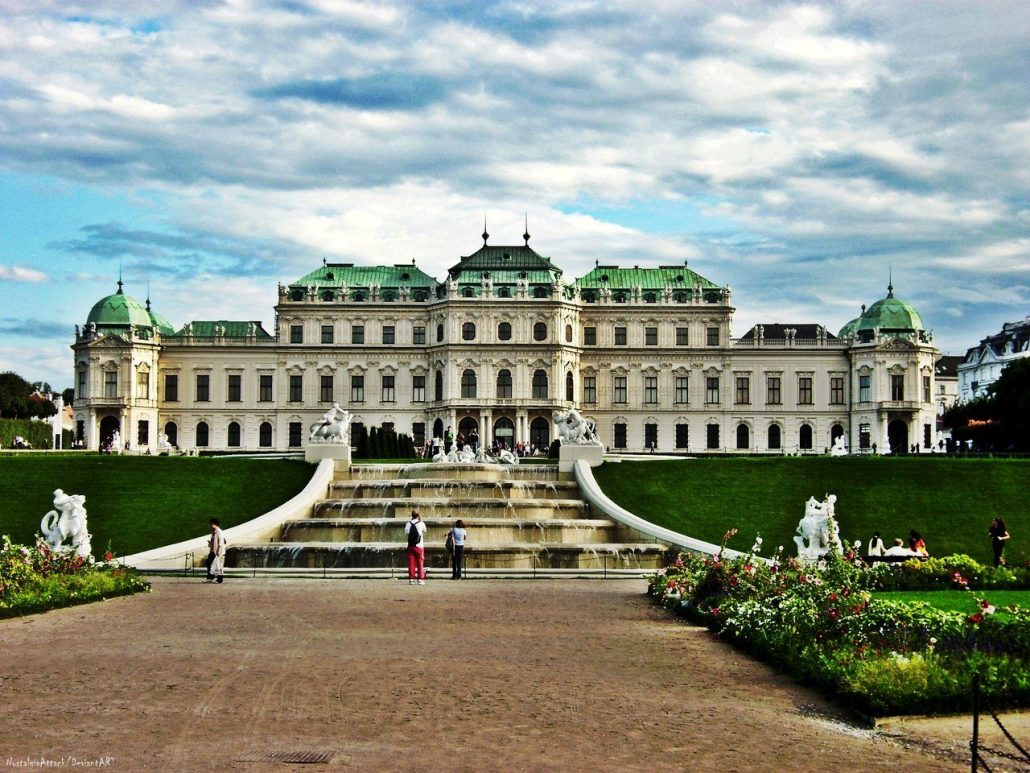
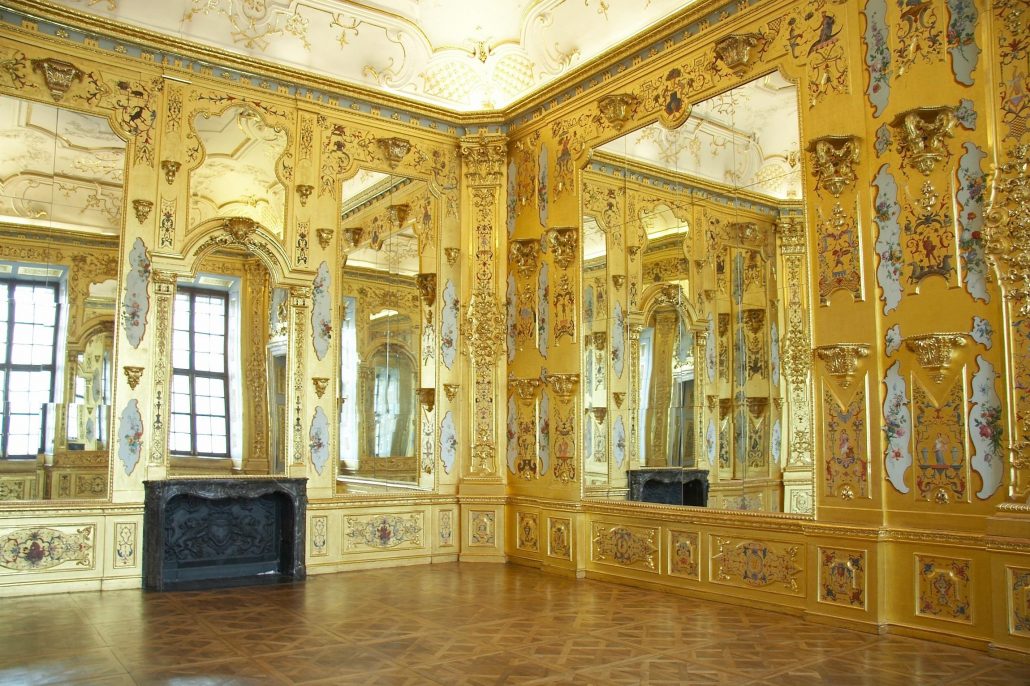





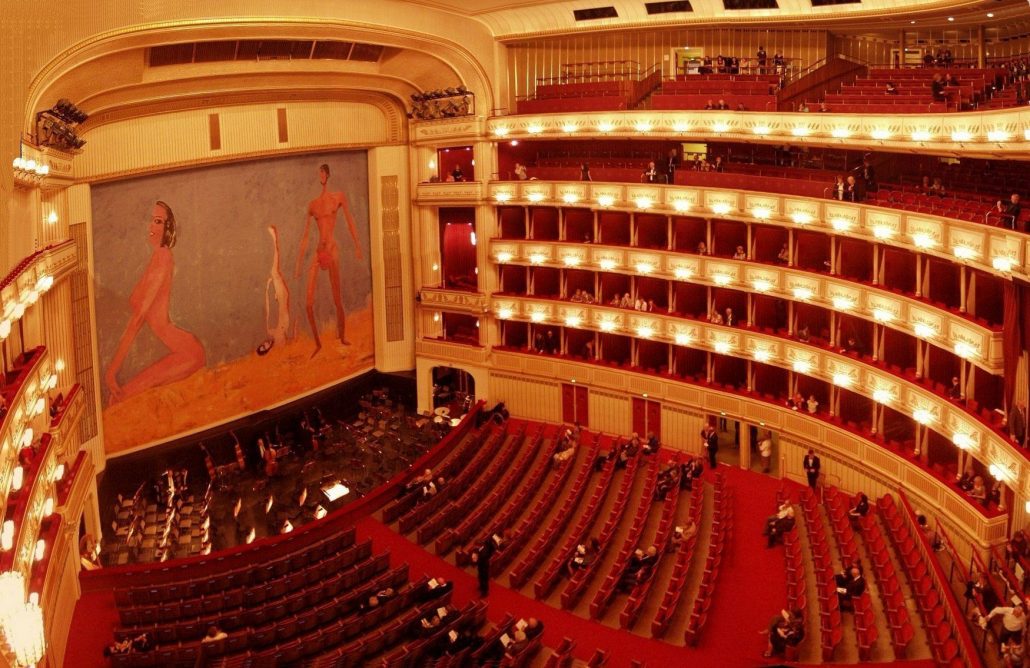



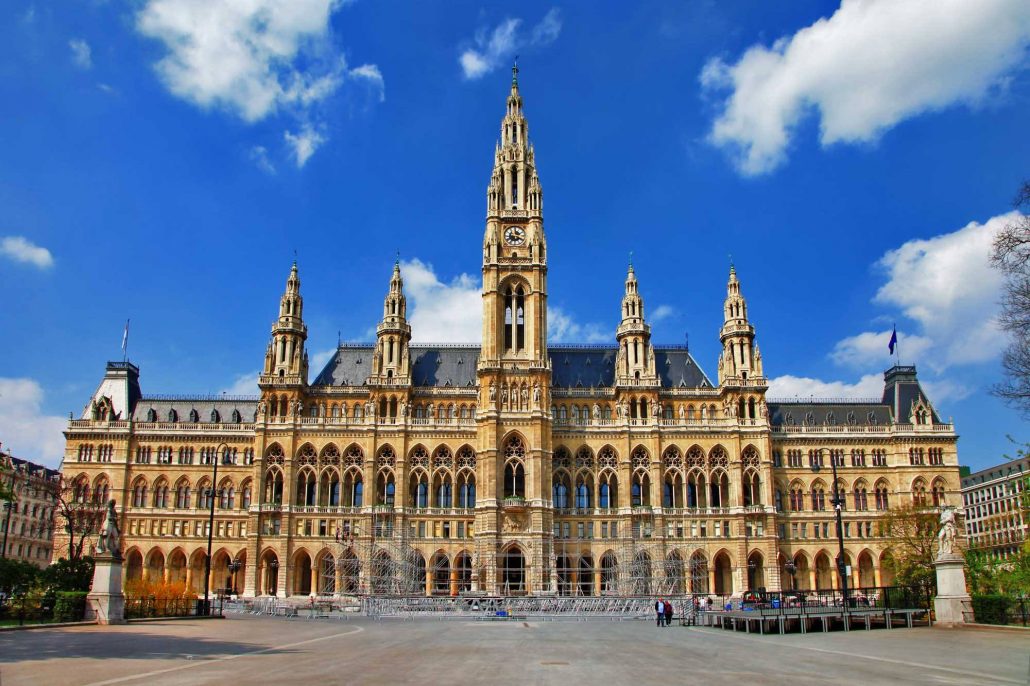



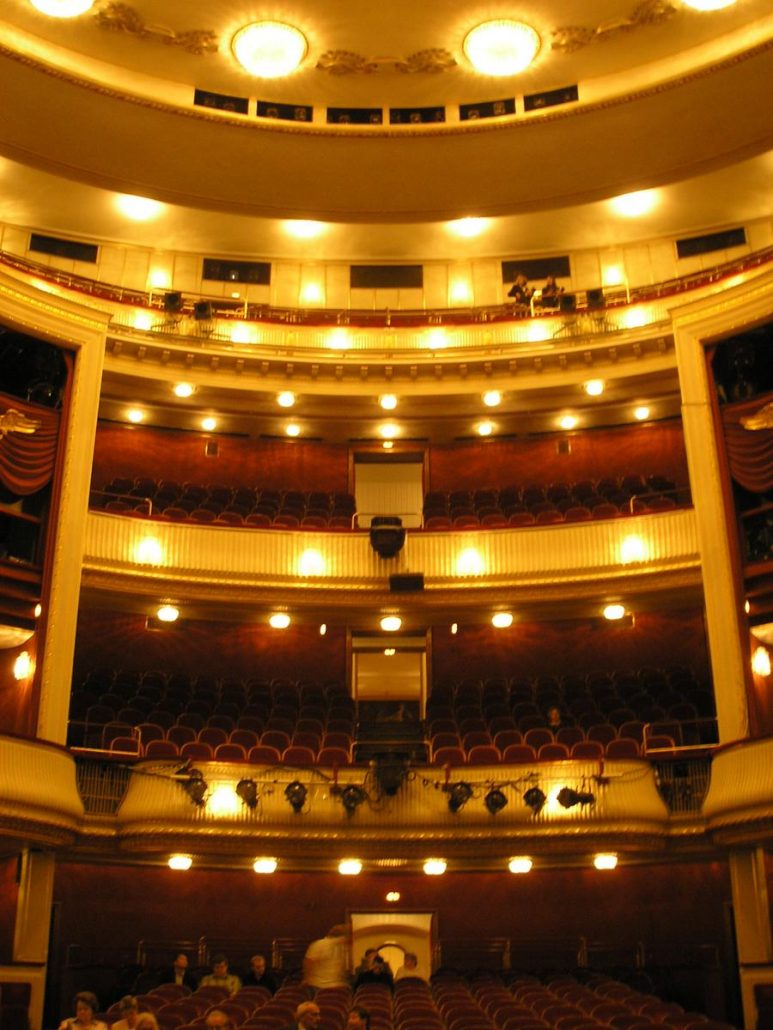


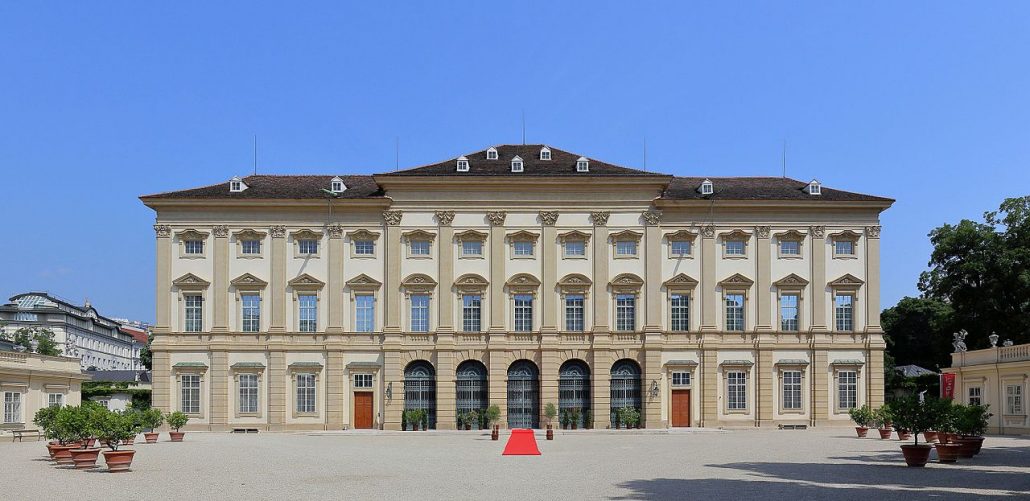


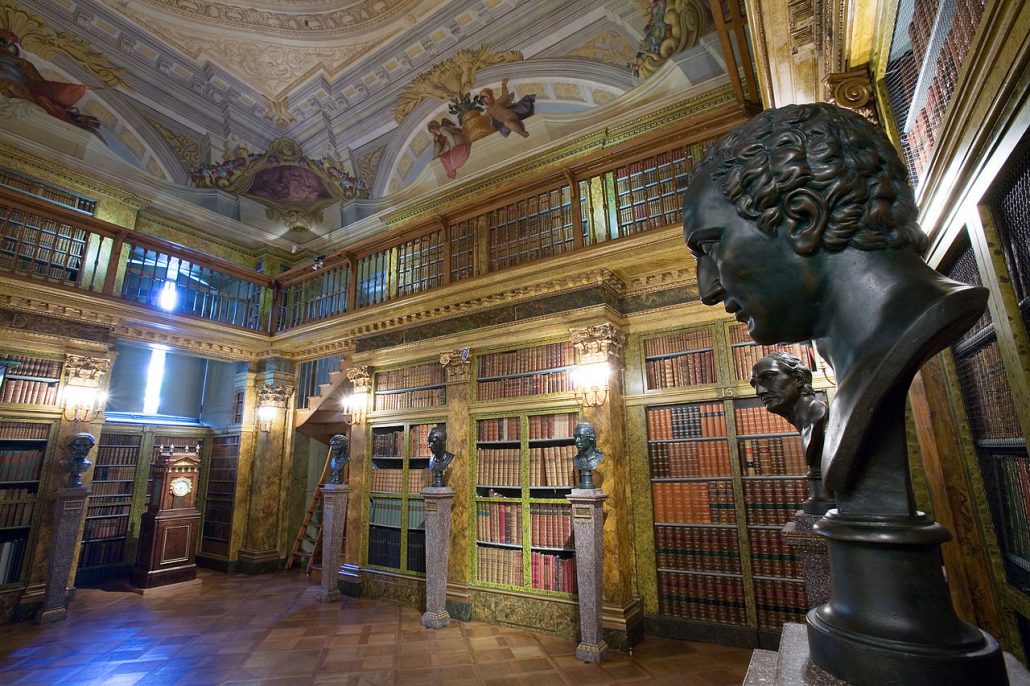




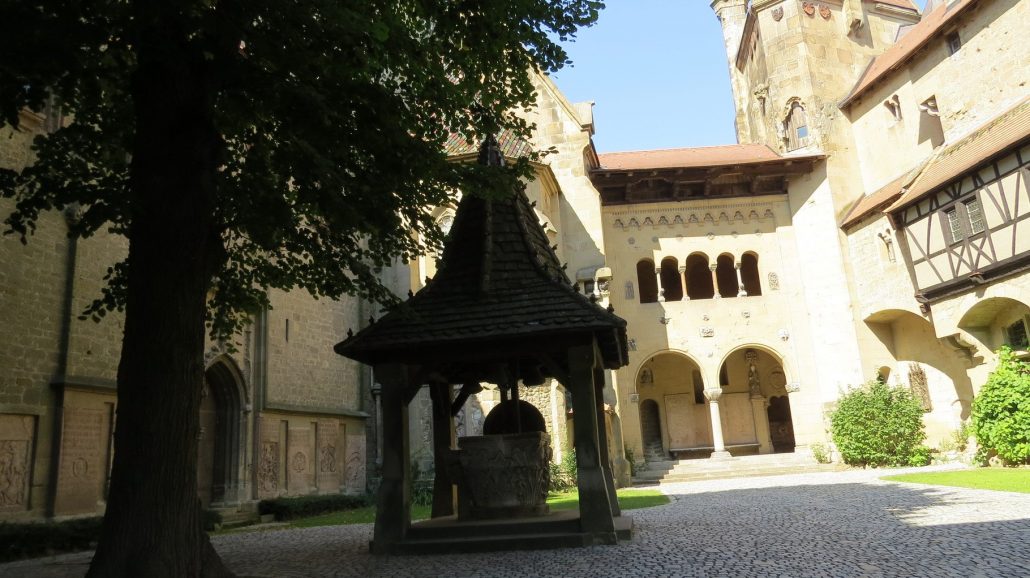


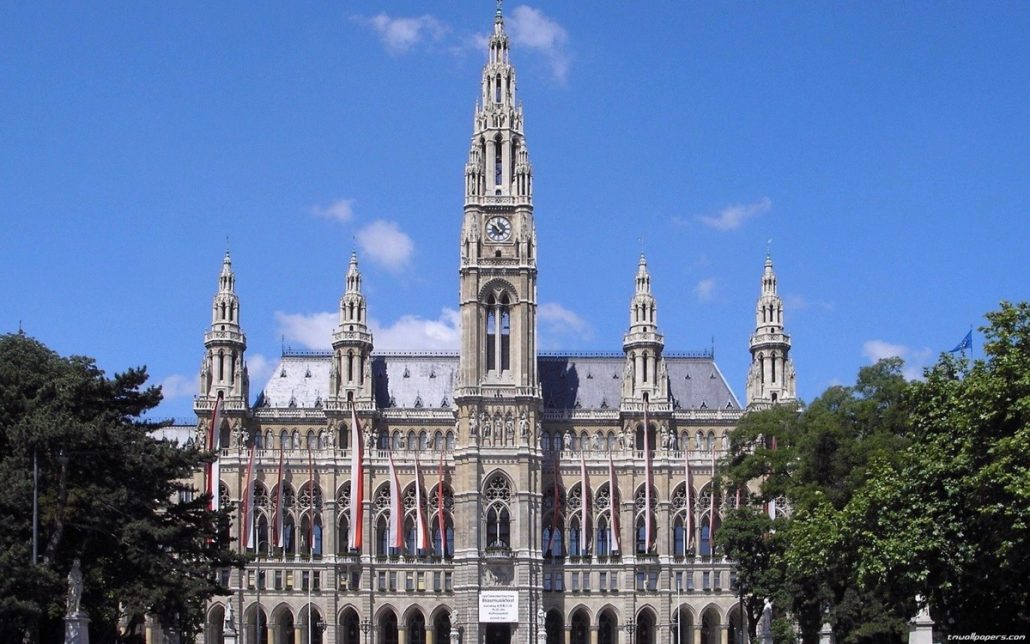


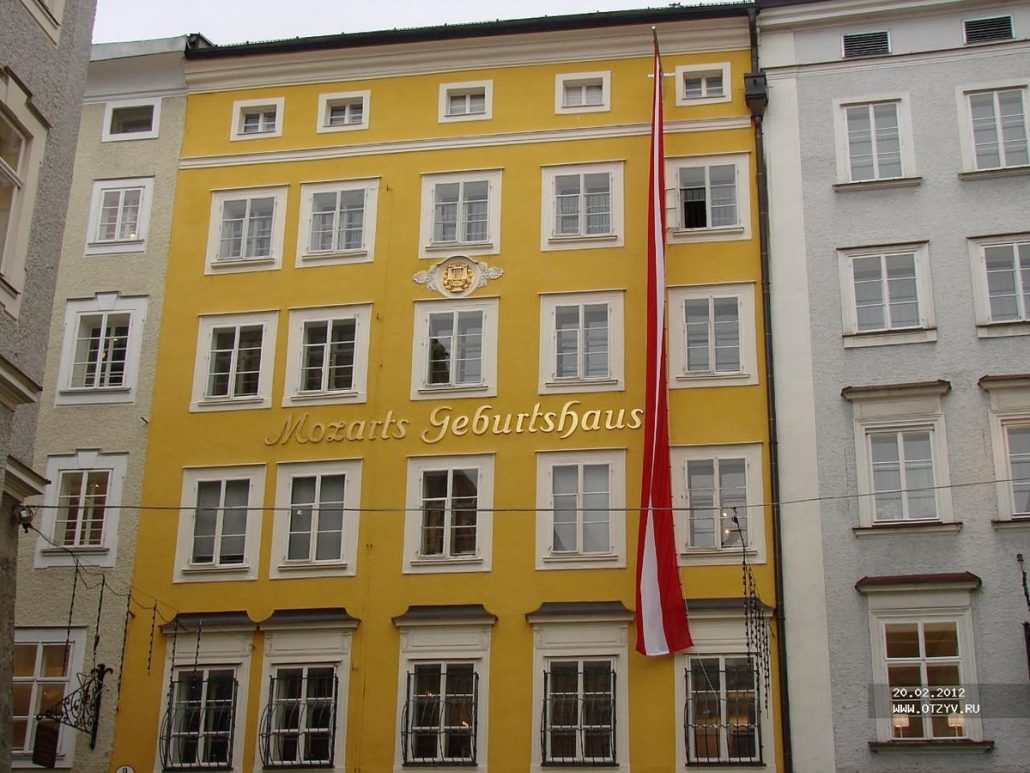

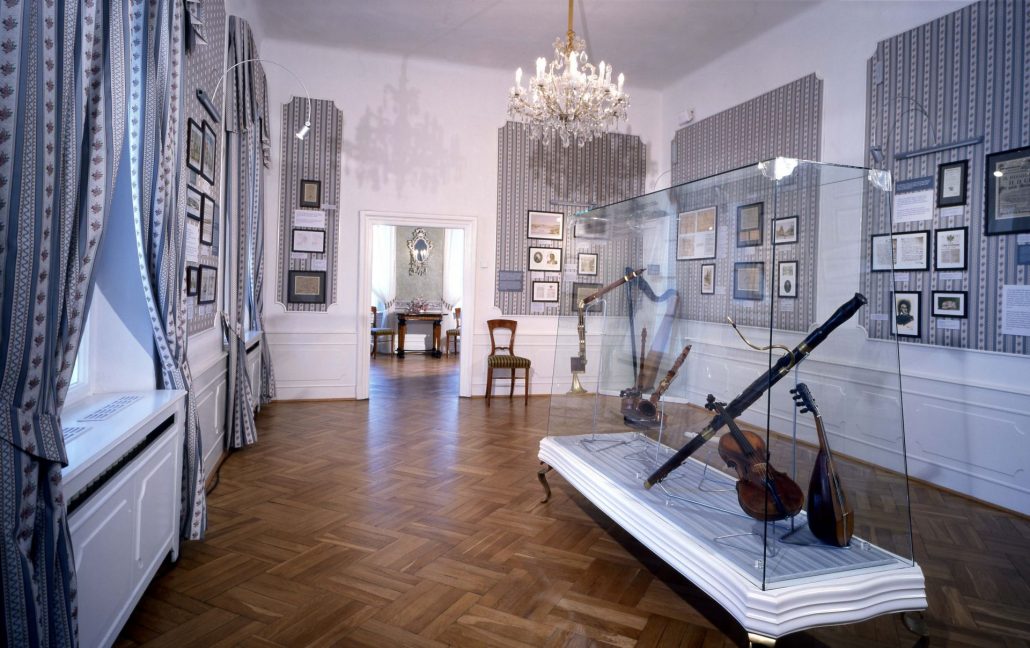
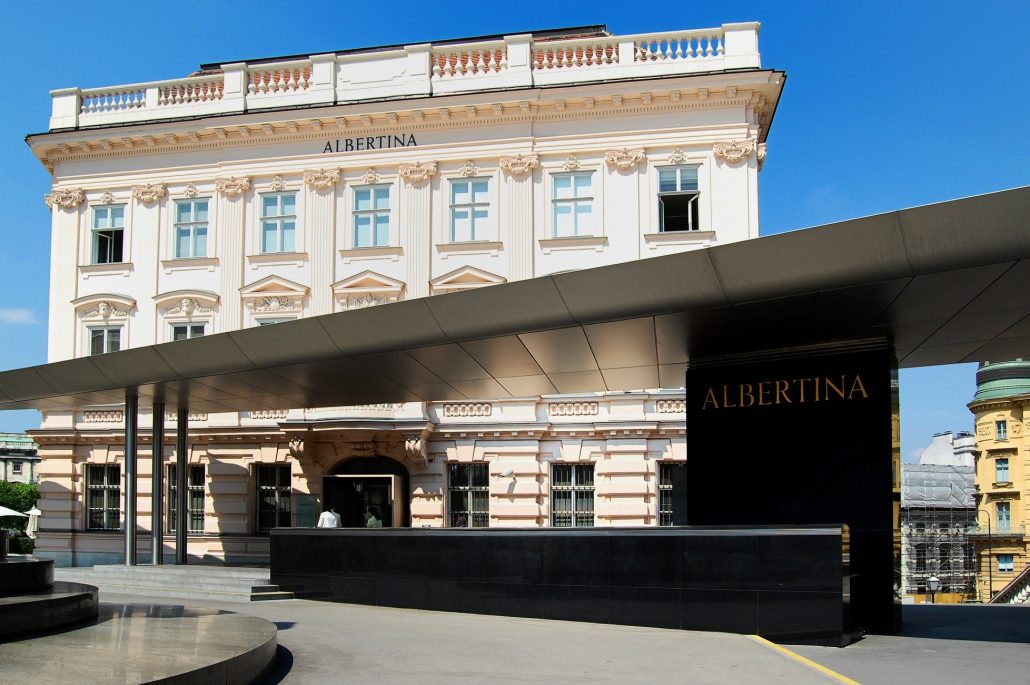



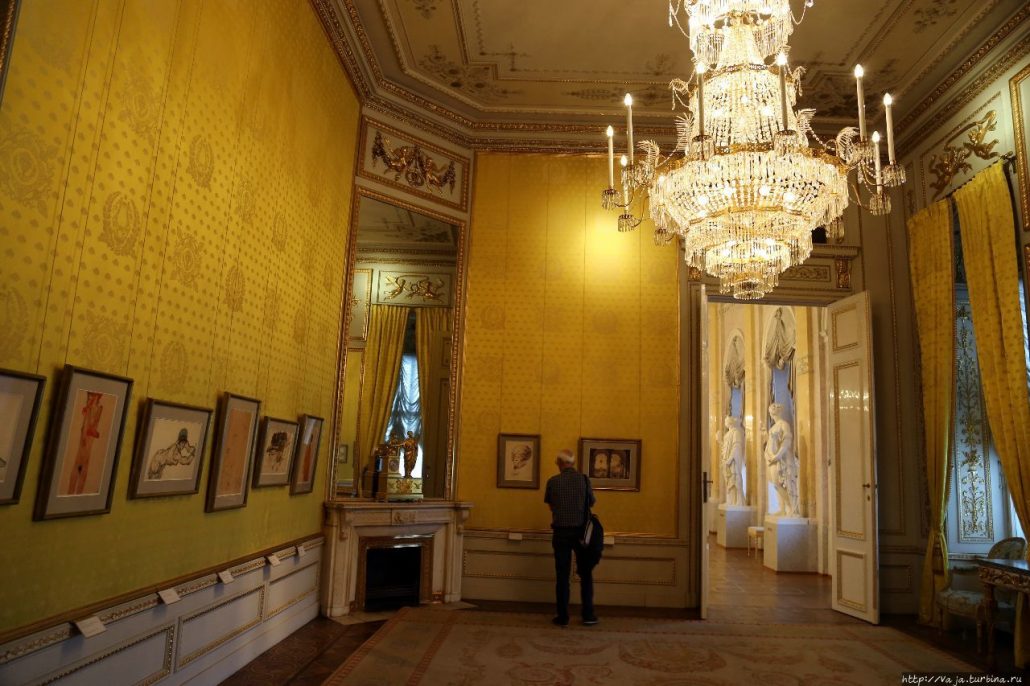




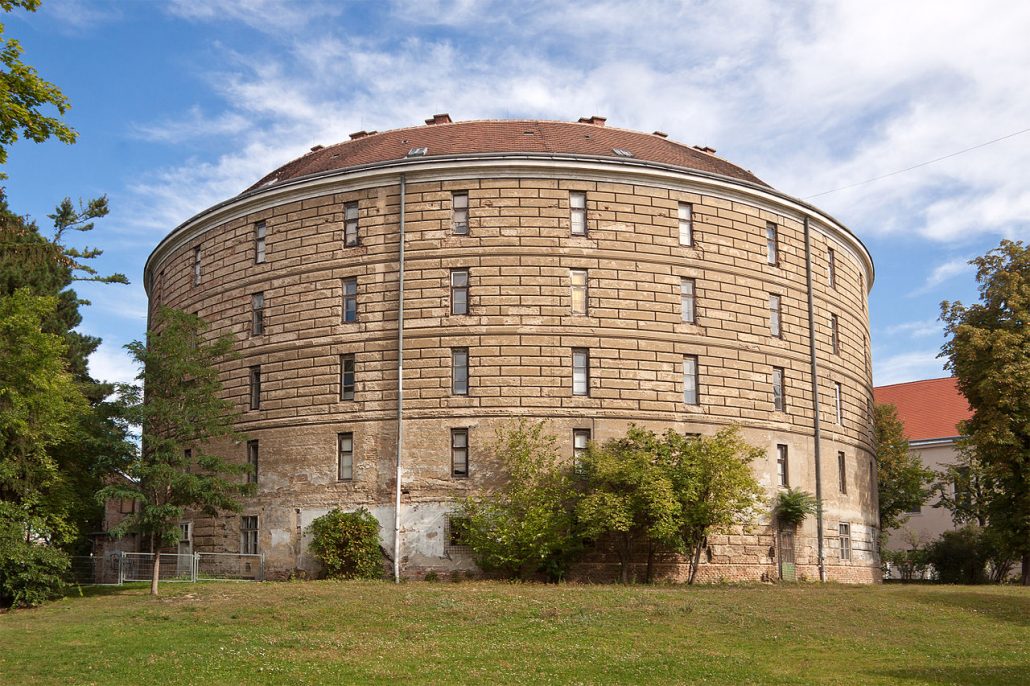

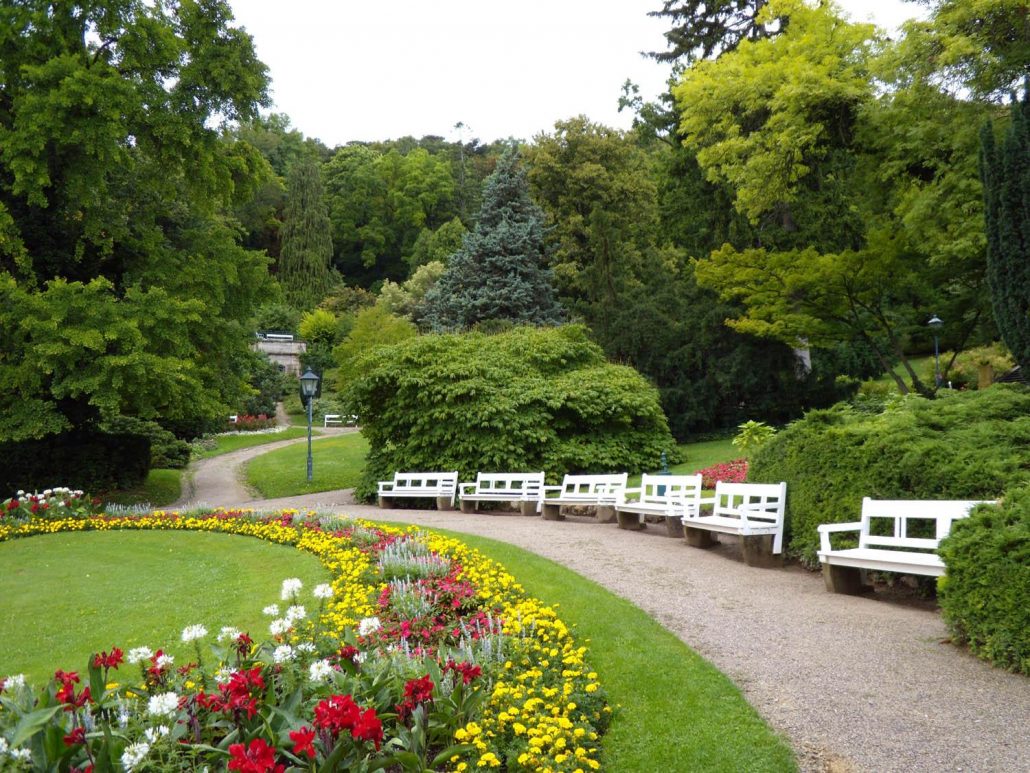
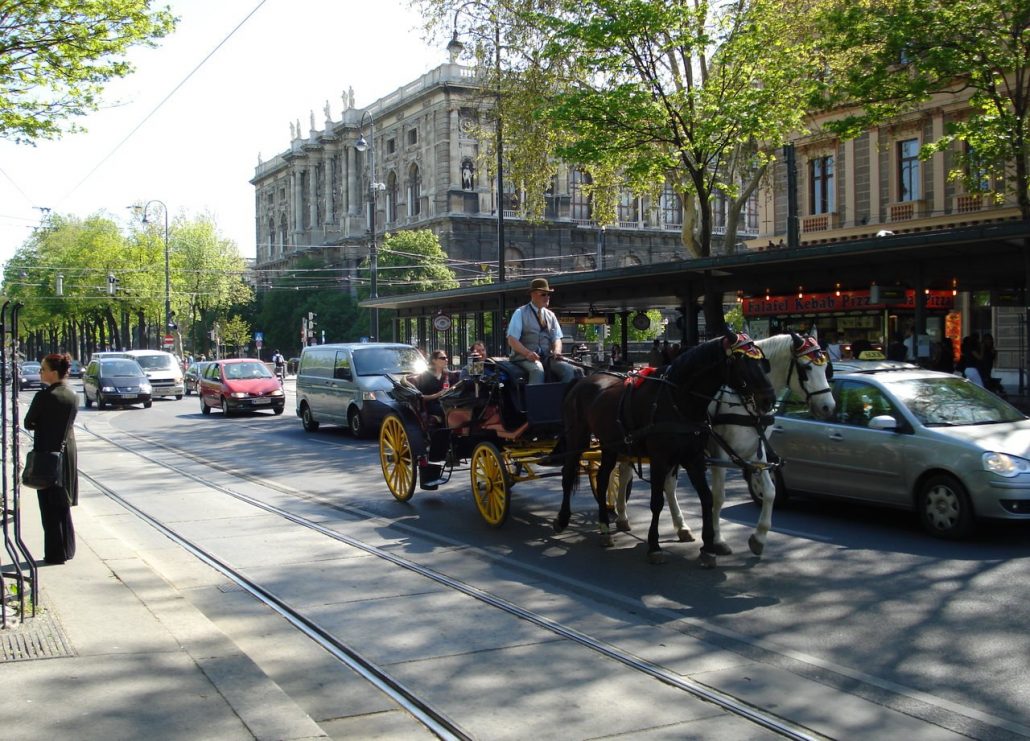









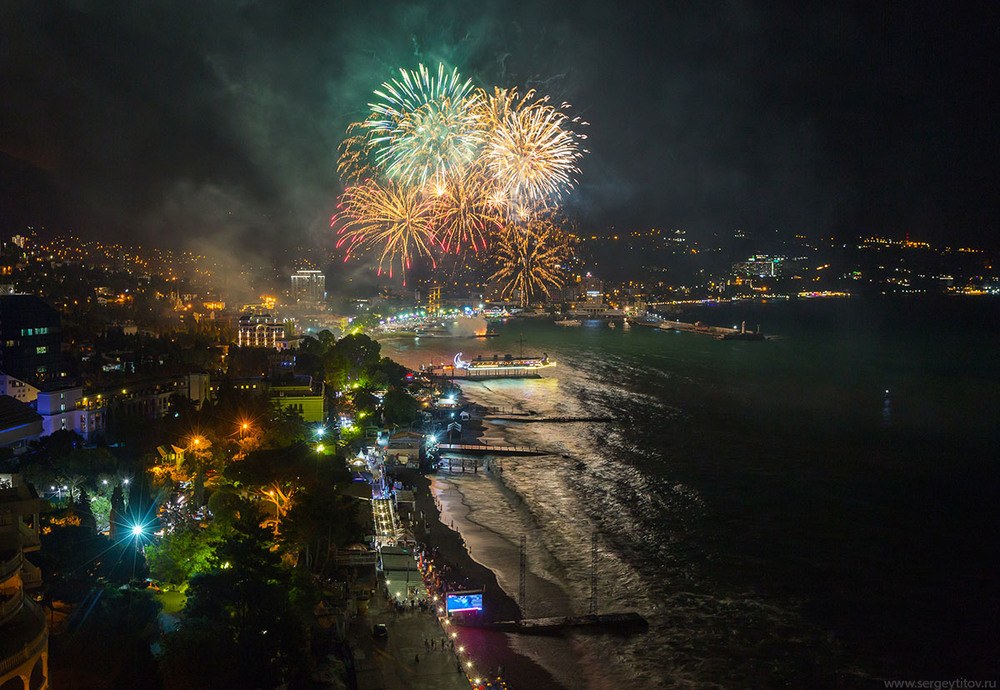



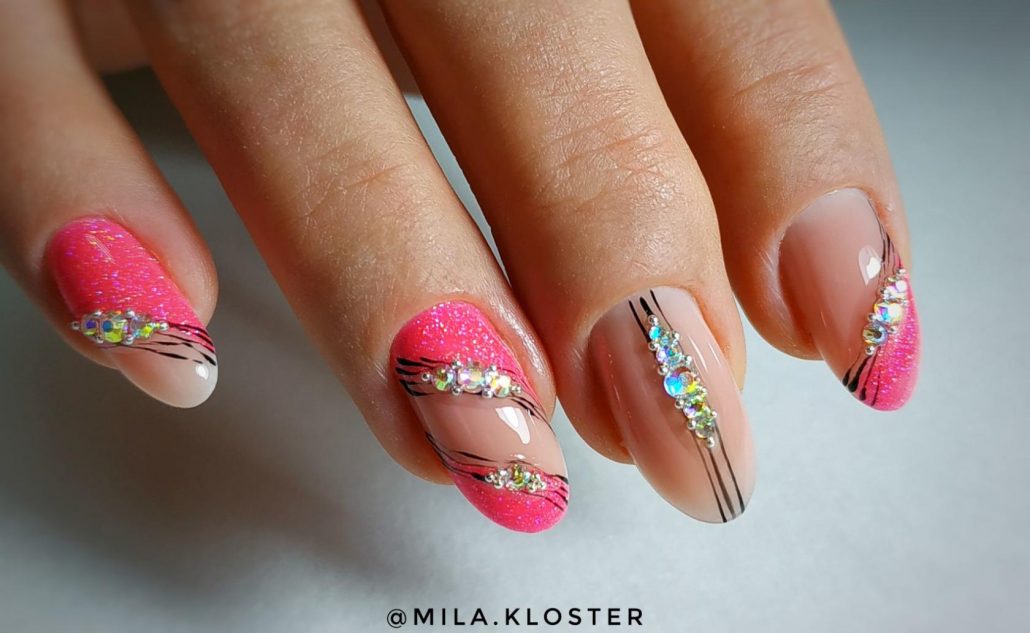
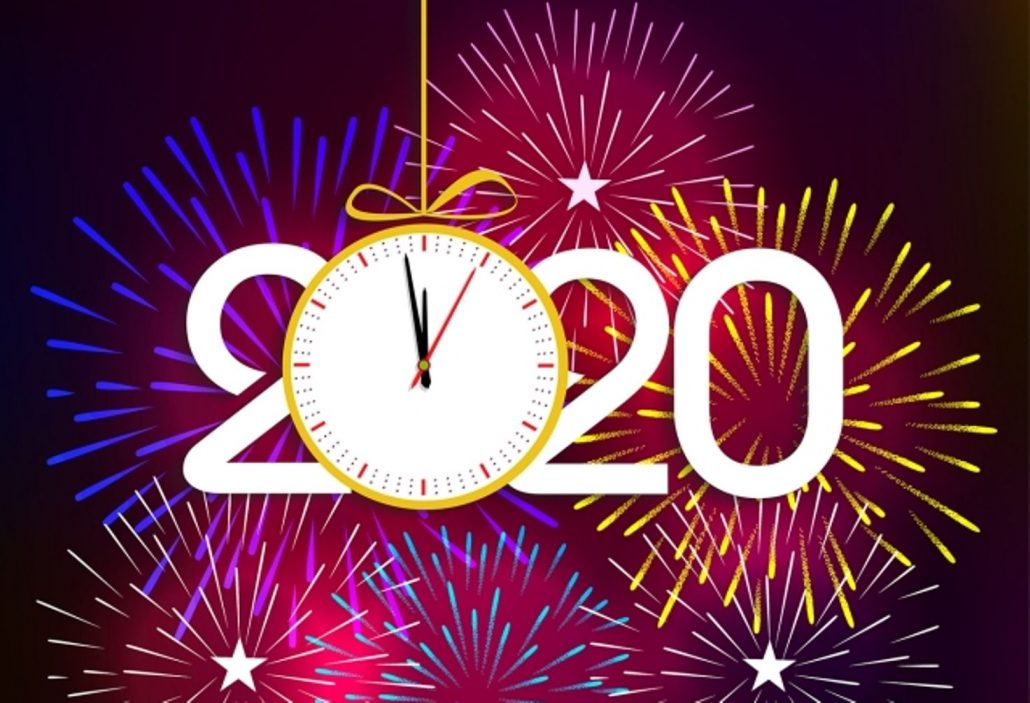

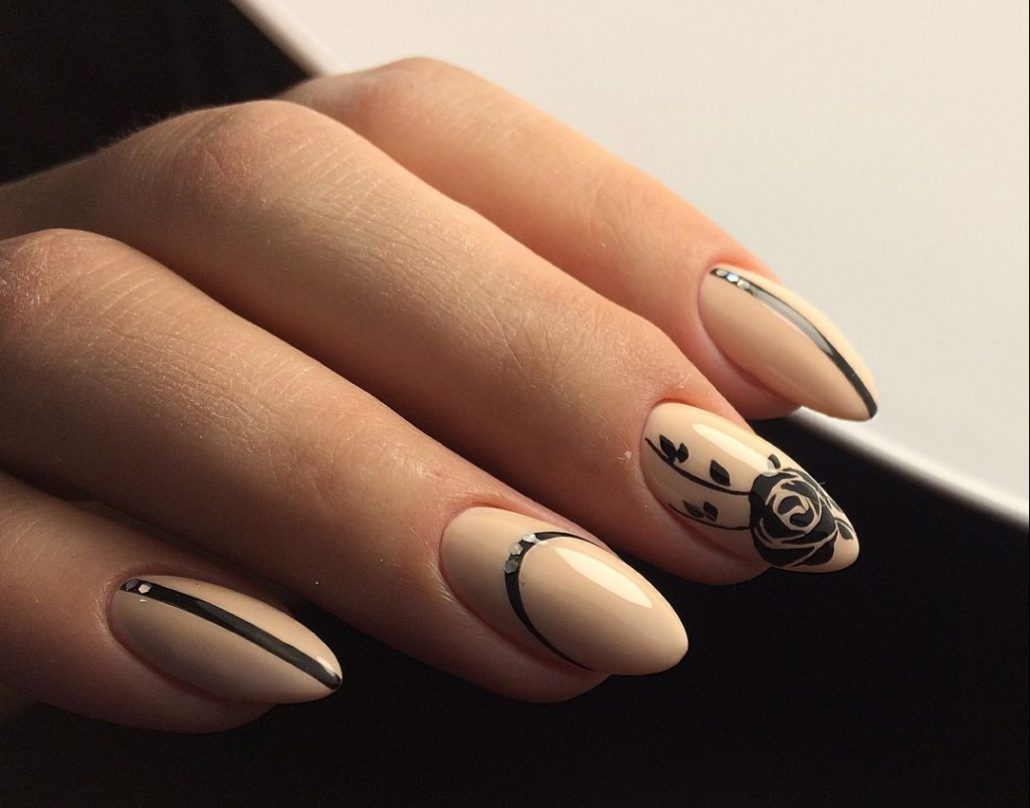


To answer
Want to join the discussion?Feel free to contribute!